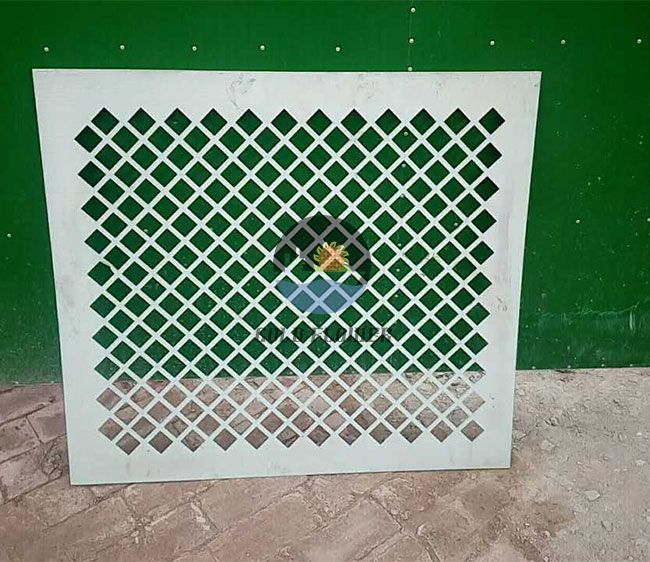Лис . 08, 2024 16:45 Back to list
ce certification wire grating
Understanding CE Certification for Wire Grating
CE certification is an essential aspect of ensuring that products comply with European Union (EU) safety, health, and environmental protection regulations. Among the various materials and products subject to these regulations is wire grating, a versatile and widely used component in various industrial applications. This article explores the significance of CE certification for wire grating, the standards involved, and its implications for manufacturers and end-users.
What is Wire Grating?
Wire grating, often referred to as wire mesh or wire grid, is a type of construction material made from woven or welded wires. It is commonly used for flooring, walkways, platforms, security fencing, and more, owing to its strength and durability. Available in various materials such as stainless steel, galvanized steel, and aluminum, wire grating is prized for its ability to support heavy loads while providing ventilation and visibility.
Importance of CE Certification
The CE mark indicates that a product has been tested and meets EU safety standards. For wire grating, CE certification signifies compliance with certain directives that are crucial for ensuring both performance and safety. These directives may include
1. Construction Products Regulation (CPR) This regulation ensures that construction products meet the necessary standards for health and safety. For wire grating, it guarantees that the product can withstand specified loads and environmental conditions.
3. Machinery Directive For applications involving machines or mechanical systems using wire grating, compliance with this directive ensures that the grating functions safely and effectively within the machinery.
ce certification wire grating

The Certification Process
The process for obtaining CE certification for wire grating entails several steps. First, manufacturers must determine the applicable directives and standards for their specific applications. They then need to conduct thorough testing and gather evidence to demonstrate compliance. This often involves collaboration with certified testing laboratories that can provide the necessary evaluations.
Once testing is complete, manufacturers can compile a Technical File that includes documentation, test results, and the risk assessments conducted during the testing process. Following this, a Declaration of Performance (DoP) is issued, which is a legal document confirming that the product meets the required standards. Finally, the CE mark is affixed to the product, allowing it to be sold and used within the EU.
Benefits of CE Certification
CE certification offers several benefits to both manufacturers and consumers. For manufacturers, it enhances product credibility and opens access to the European market, which is crucial for business growth. It also helps mitigate liability risks, as adherence to safety standards reduces chances of accidents and legal issues.
For consumers and end-users, CE certification provides assurance that the purchased wire grating is safe, reliable, and has been rigorously evaluated. This is especially important in industrial settings where structural integrity is paramount.
Conclusion
In conclusion, CE certification for wire grating is not merely a bureaucratic hurdle, but a significant marker of quality and safety. As industries continue to emphasize the importance of compliance with regulatory standards, the significance of CE certification will only grow. For manufacturers aiming to compete in the EU market, understanding and achieving CE certification is a critical step in delivering quality products that meet the stringent demands of modern safety and environmental standards.
share
-
CE Certified 250 Micron Stainless Steel Mesh - Durable Filter
NewsAug.02,2025
-
Screen Mesh Price Deals | gpt-4-turbo Optimized Pricing
NewsAug.01,2025
-
CE Certified 250 Micron Stainless Steel Filter Mesh | Premium
NewsJul.31,2025
-
CE Certified 250 Micron Stainless Steel Mesh | Premium Filter
NewsJul.31,2025
-
CE Certification Buy Wire Mesh Fence for High Security and Durability
NewsJul.30,2025
-
Stainless Steel Mesh Filter Discs for Precise Filtration Solutions
NewsJul.29,2025

